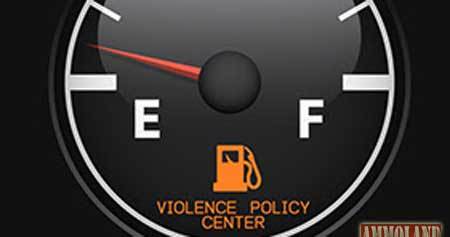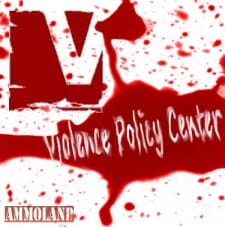
Charlotte, NC –-(Ammoland.com)- In the 1990s, it was common for anti-gun activists to predict that firearm-related deaths –suicides, murders, self-defense shootings by private citizens, shootings by law enforcement officers, and accidents combined– would soon outnumber motor vehicle accident deaths.
It was also common for them to demand that the design and manufacture of firearms be subject to the Consumer Products Safety Commission or the Bureau of Alcohol, Tobacco and Firearms.
Their goal was to get handguns banned by setting standards higher than any handgun manufacturer could achieve, at least at a price the market would bear. For example, in 2000, the Violence Policy Center said “Congress should vest the Department of the Treasury [to which BATF belonged at the time] with strong authority to regulate the design, manufacture, and distribution of firearms. Such authority should include the ability to remove from the market firearms that pose a serious threat to public health and safety. . . . Products such as three-wheel ATVs and lawn darts had related death rates microscopic in comparison to handguns, but were nevertheless banned.”
To anti-gun activists’ dismay, the closest that motor vehicle accidents came to accounting for fewer deaths than all five categories of firearm-related deaths combined was in 1993, when firearm-related deaths hit an all-time high, one year after motor vehicle accident deaths fell to their lowest point since 1962.
But even then, motor vehicle accidents accounted for 2,298 more deaths than all categories of firearm-related deaths combined.

Fast forward to the present. This week, the VPC claimed that in 2009, firearm-related deaths outnumbered motor vehicle accident deaths in 10 states. It said, “Motor vehicle deaths are on the decline as the result of a successful decades-long public health-based injury prevention strategy that includes safety-related changes to vehicles and highway design informed by comprehensive data collection and analysis. Meanwhile, firearms are the only consumer product not regulated by the federal government for health and safety.”
That’s baloney, of course. The reason those anti-gun activists dropped their “cars and guns” propaganda more than a decade ago is that after 1993, motor vehicle accident deaths began increasing sharply, despite massive government regulation of vehicles, drivers, and roads, while deaths involving firearms began decreasing. So great did the disparity between the two trends eventually become, that by 2004 there were 15,364 more motor vehicle accident deaths than all firearm-related deaths combined.
VPC knows that, but it brought up “cars and guns” this week anyway, for a couple of reasons.
First, cranking out “analyses” that insult the intelligence of a fence post is what the Joyce Foundation pays the VPC to do.
Second, with people driving less –due in large part to the lack of jobs and high gasoline prices– deaths from motor vehicle accidents dropped from 43,945 in 2007 (the year before the economic recession began) to 36,216 in 2009 (the last year for which national data have been reported). In the 10 states on VPC’s list, decreases ranged from 6.1 percent in Colorado to 37.6 percent in Nevada.
Nationally, firearm-related deaths remained fairly steady, at 31,224 in 2007 and 31,347 in 2009, with decreases in homicides and accidents. But firearm and non-firearm suicides, each of which accounts for half of the suicides, both increased from 2007 to 2009. Suicides account for nearly 60 percent of firearm-related deaths, and between 2007 and 2009 firearm suicides increased in nine of the 10 states on VPC’s list.
Of course, it’s pointless to compare vehicle accident statistics to those for the aggregate of five categories of firearm-related deaths. There’s little similarity between motor vehicle accidents and firearm accidents, and none whatsoever between vehicle accidents and firearm suicides and homicides. For example, more than 90 percent of people who commit suicide suffer from depression, other mental disorders, and/or a substance-abuse disorder. Other risk factors for suicide include a prior suicide attempt or a family history of mental disorder, substance abuse, suicide, or family violence. There is also evidence suggesting that suicides can be instigated by news media coverage of suicides and by exposure to suicide themes in literature and entertainment. By contrast, risk factors for motor vehicle accidents include excessive speed, fatigue, poor eyesight and ambient conditions limiting visibility, traveling in darkness and bad weather, mechanically unsound vehicles, and defects in road design and maintenance.
Since we’re on the subject of motor vehicle accidents, let’s all remember to be especially safe on the roads over the summer. This week, with the holiday behind us, there will be plenty of time to remember how full of beans anti-gun activists can be.
About NRA-ILA
Established in 1975, the Institute for Legislative Action (ILA) is the “lobbying” arm of the National Rifle Association of America. ILA is responsible for preserving the right of all law-abiding individuals in the legislative, political, and legal arenas, to purchase, possess and use firearms for legitimate purposes as guaranteed by the Second Amendment to the U.S. Constitution. Visit: www.nra.org

